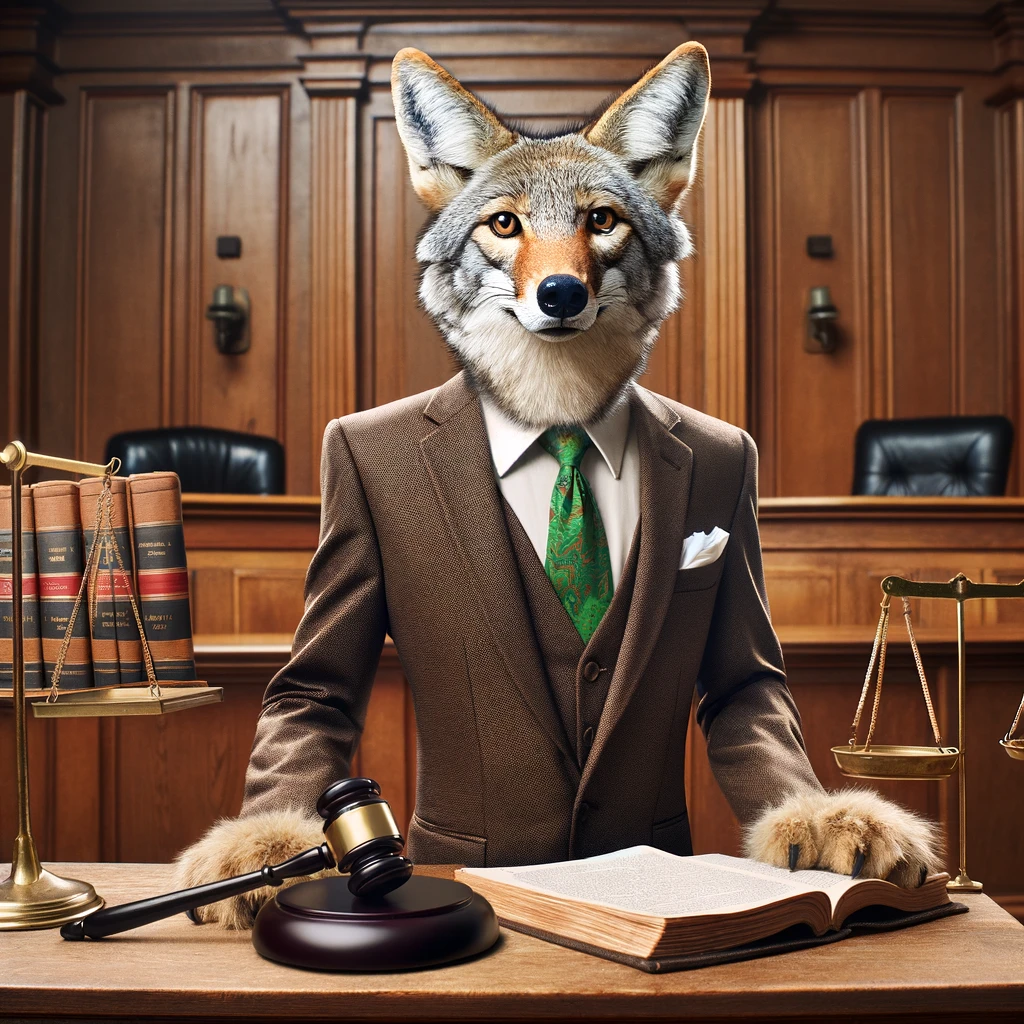Coyotes are wild animals that have adapted to urban and suburban environments, often coming into contact with humans and their pets. While most coyotes are wary of people and avoid confrontation, some may become aggressive or attack if they feel threatened, are sick, or are protecting their territory or offspring. In some cases, coyotes may also prey on small pets or livestock, causing property damage and emotional distress to their owners.

When a coyote attack occurs, who is liable for the injuries or losses suffered by the victim? This is a complex legal question that depends on several factors, such as the location of the attack, the behavior of the coyote and the victim, the existence of any laws or regulations regarding wildlife management, and the availability of any insurance coverage or compensation schemes.
In general, there are three possible sources of liability for coyote attacks: the government, the landowner, and the victim. Each of these will be discussed below.
The Government
The government may be liable for coyote attacks if it has a duty to manage or control the wildlife population in a certain area, and fails to do so in a reasonable manner. For example, if the government knows that there is a high risk of coyote attacks in a park or a neighborhood, and does not take adequate measures to warn the public, reduce the food sources, or remove the problem animals, it may be held negligent and responsible for any harm caused by the coyotes.
However, the government may also have immunity from liability under certain circumstances, such as when it acts in good faith and within its discretion in carrying out its wildlife management policies. Additionally, some jurisdictions may have statutes that limit or bar any claims against the government for wildlife damage, unless there is proof of intentional or grossly negligent conduct.
The Landowner
The landowner may be liable for coyote attacks if he or she owns or occupies the property where the attack occurred, and fails to exercise reasonable care to prevent or warn of the danger. For example, if a landowner knows that there are coyotes on his or her property, and does not fence off the area, post signs, or alert the visitors, he or she may be held negligent and liable for any injuries or losses caused by the coyotes.
However, the landowner may also have defenses to liability, such as contributory negligence or assumption of risk. Contributory negligence means that the victim was partly at fault for his or her own injuries, by provoking the coyote, ignoring the warnings, or failing to take precautions. Assumption of risk means that the victim voluntarily exposed himself or herself to a known danger, by entering or remaining on the property where there were coyotes.
The Victim
The victim may be liable for his or her own injuries or losses if he or she acted negligently or unlawfully in relation to the coyote attack. For example, if a victim illegally fed, harassed, or injured a coyote, and provoked it to attack, he or she may be held responsible for his or her own harm. Additionally, some jurisdictions may have laws that prohibit certain activities that may attract or endanger wildlife, such as feeding, hunting, trapping, or keeping them as pets. Violating these laws may result in fines, penalties, or liability for any damage caused by the wildlife.
It is important to consult with a qualified lawyer who can advise on the applicable laws and regulations, and help pursue any potential claims or defenses.